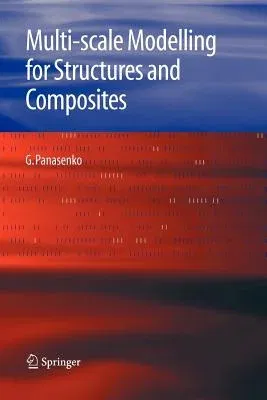Rod structures are widely used in modern engineering. These are bars,
beams, frames and trusses of structures, gridwork, network, framework
and other constructions. Numerous applications of rod structures in
civil engineering, aircraft and spacecraft confirm the importance of the
topic. On the other hand the majority of books on structural mechanics
use some simplifying hypotheses; these hypotheses do not allow to
consider some important effects, for instance the boundary layer effects
near the points of junction of rods. So the question concerning the
limits of applicability of structural mechanics hypotheses and the
possibilities of their refinement arise. In this connection the
asymptotic analysis of equations of mathematical physics, the equations
of elasticity in rod structures (without these hypotheses and
simplifying assumptions being imposed) is undertaken in the present
book. Moreover, a lot of modern structures are made of composite
materials and therefore the material of the rods is not homogeneous.
This inhomogeneity of the material can generate some unexpected effects.
These effects are analysed in the present book. The methods of
multi-scale modelling are presented in the book by the homogenization,
multi-level asymptotic analysis and the domain decomposition. These
methods give an access to a new class of hybrid models combining
macroscopic description with "microscopic zooms".
Major features are:
- Rigorous mathematical analysis of structures without hypotheses of the
Kirchhoff-Love, Kirchhoff-Clebsch type
- Taking into consideration the inhomogeneity of the rods and plates
- New numerical algorithms decomposing a structure in 3D and 1D parts
with some interface conditions between them.


